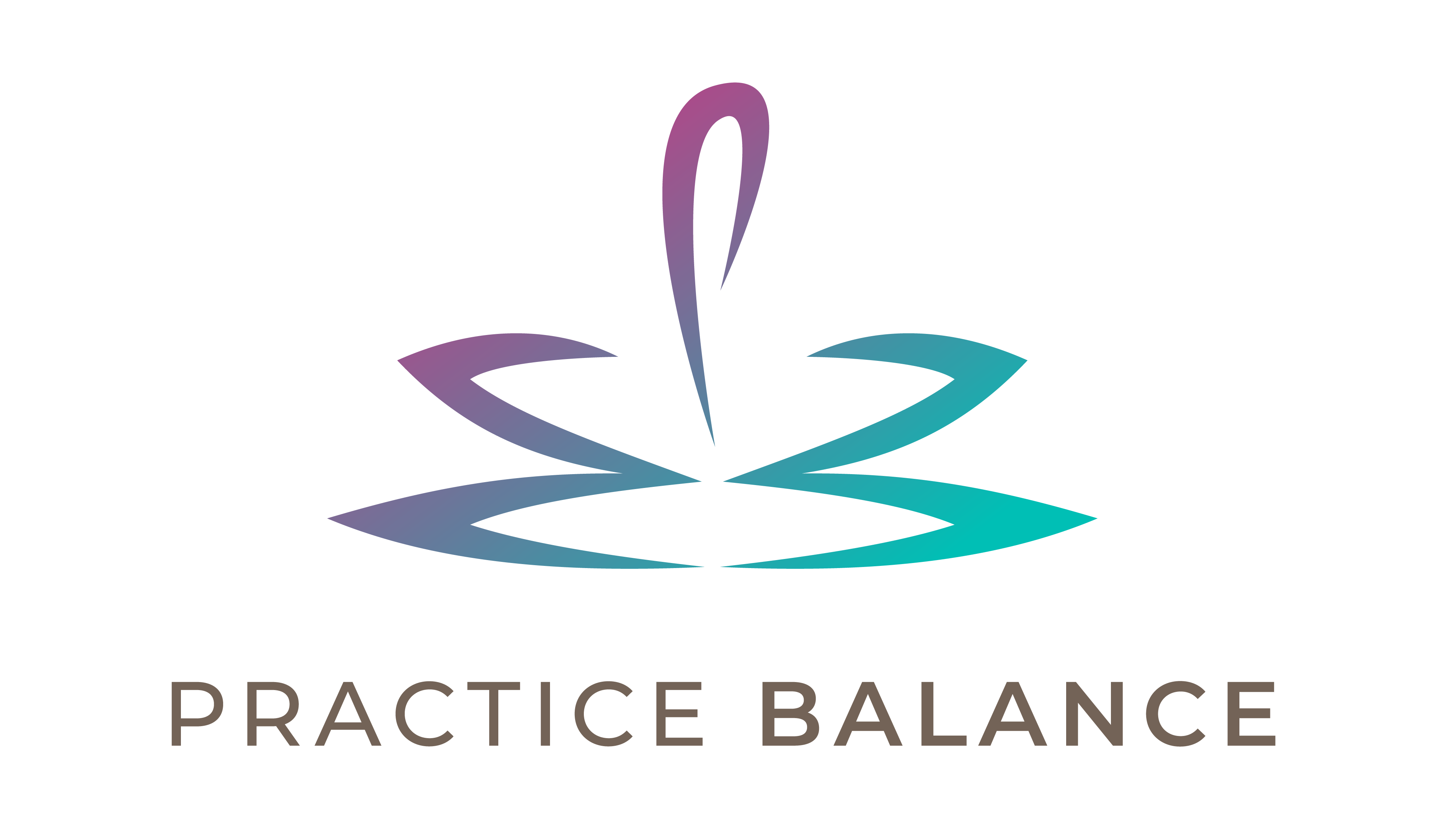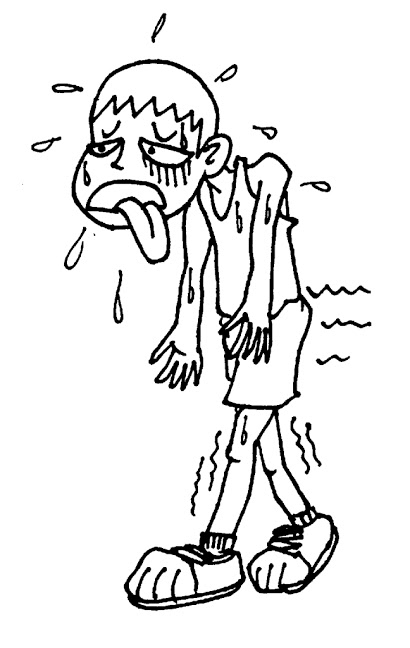
What does it mean to be a professional? And how do we maintain our professionalism at a time when things such as stress, burnout, and caregiver fatigue can degrade our motivation?
In medical school, you learn early that one of the best ways to remember important information is to attach an acronym or phrase to complex concepts. Thus, I came up with the Professionalism APGAR. You may be familiar with the APGAR scoring system if you have either trained in healthcare or have had a baby. Named after Virginia Apgar, it is an assessment of infant wellbeing performed one and five minutes after birth. I learned to remember the scoring system by applying the terms Appearance, Pulse, Grimace, Activity, and Respirations to the name. As you can guess, a wiggly, crying baby scores well on the APGAR, while a limp, hypoxic baby does not and thus immediately gets advanced resuscitative care.
I’ll bet you think you would score perectly on my Professionalism APGAR, but truly, no one is consistently professional all the time (just like babies never score 10/10)! The concepts seem obvious, but having an easy way to bring them to your consciousness during times of stress is my ultimate goal. This is subject matter that I have contemplated to a great extent, given that my job requires people in vulnerable positions to almost instantly trust me with their lives. I challenge you to memorize the Professionalism APGAR, so that you may remember it during times of stress, when we are most challenged to act with professionalism. Then decide at any given moment how YOU score!
A – Appearance. This goes without saying and thus must be the first term in the acronym. Anyone who has been coached on public speaking knows the edict, “dress a notch above your audience”. However, in a field with pajamas (aka scrubs) as the normal dress, this can be challenging. Consider donning the white coat, if feasible (and clean). Is there any blood on your scrubs? Any ballpoint pen scribbles? If so, take the extra few minutes to change. Consider your accessories – jewelry, socks, shoes, etc. and maximize your professional appearance there. Avoid chewing gum or eating/drinking anything in front of patients, who for various reasons have often been restricted from doing so themselves.
Anymore, appearance is not just physical. In this age of social media, you must consider any of your “tags”, comments, or status updates on the internet as fair game for clients/patients to access. It’s easy to forget in medicine (due to the contrived nature of medical billing) that patients pay a high price for our expertise. When you are asking for a high price to be paid for services rendered, it is important to appear “worth the price” in every way.
P – Presentation. How do you introduce yourself? I always find that it is important to strike a balance between formal and familiar. Initially, I identify my patient by “Mr./Mrs. Last Name” and introduce myself as “Dr. Baker, your anesthesia doctor”. I then move through my interview and exam, including asking the patient what they would like to be called. Using a given name or nickname at that point seems to open lines of communication, especially in the potentially intimate environment of the OR.
The way you present information to a patient or client MUST be tailored to their level of sophistication. This is my biggest pet peeve, from the vantage point of observing others and from being a patient/client to another type of professional. Using “big words” might be automatic when you’re stressed and hurried… or maybe it’s subconsciously an ego boost for you (we all like to hear ourselves talk and sound intelligent). However, all too often patients are left wondering what we’re talking about but are too embarassed to speak up! Alternatively, I explain my anesthetic plans in a completely different manner to patients who are themselves physicians or pharmacists. They may hear much more detail, but the message is the same. One of the reasons I pursued medicine as a career and Anesthesia as a specialty is to work in service to people from a diversity of backgrounds and social situations, so I never forget to hone my Presentation skills and consider my Audience (see below)!
G – Gravity. I am not referring to the force, but rather the importance. One of my attending anesthesiologists during my training used to always say, “Acknowledge the gravity of the situation.” If your patient is presenting for a surgical procedure, this is a big day for him/her. They may be seeing you in clinic for a medical problem that is central to their lives, while you may view it as a rote appointment because you see people with their problems ( or worse) every day. Whatever your profession, your client or patient is coming to you for a service that they themselves are not capable of performing, and thus that service is very important to them. I have a habit of telling my patients that this (surgery, anesthesia) “we know is not an everyday thing for you, but it is an everyday thing for us. This is our job, and we will take excellent care of you.”
A – Audience. Who else is in the room? NEVER make assumptions… I always ask to be introduced to all of the parties present. The worst way to start off a relationship is to accidentally refer to the patient’s husband as her father, for example! Are they a primary caregiver or decision-maker and thus very invested in what you have to say, or are they playing on their cellphone waiting to head to Starbucks? Their level of involvement should be considered in your Presentation. That being said, privacy is central to any professional relationship. If you must ask sensitive questions or perform a revealing examination, consider the Audience! You can ask the patient if he/she wants them to stay, or you can graciously ask them to leave. For anesthesiologists, this comes in handy when asking about substance abuse history, sensitive medical history, or even performing a difficult IV.
R – Relativism. I would submit that you can think of at least one way to relate to your patient/client. In medicine, we have an automatic means of connecting with our patients… we are all human, and nothing can change that. We have the capacity for empathy in whatever situations our patients might experience; the key is to recognize that connection and use it to relate to them! Every one of us poops and pees just like the poor guy in the ICU with the Foley and the rectal tube who made a mess last night. All of us have had a loved one die or face death. No matter how rich or poor, educated or unsophisticated, we have all gone through traumas or addictions or bad times. This is why I would never trade my recent experiences being a patient… they are constant remindes of what it means to be a person, to be alive, and to have the privilege of doing my job… Even if I have nothing else in common with the patient in front of me!


 Disability: Know when to hold ’em, know when to fold ’em
Disability: Know when to hold ’em, know when to fold ’em
